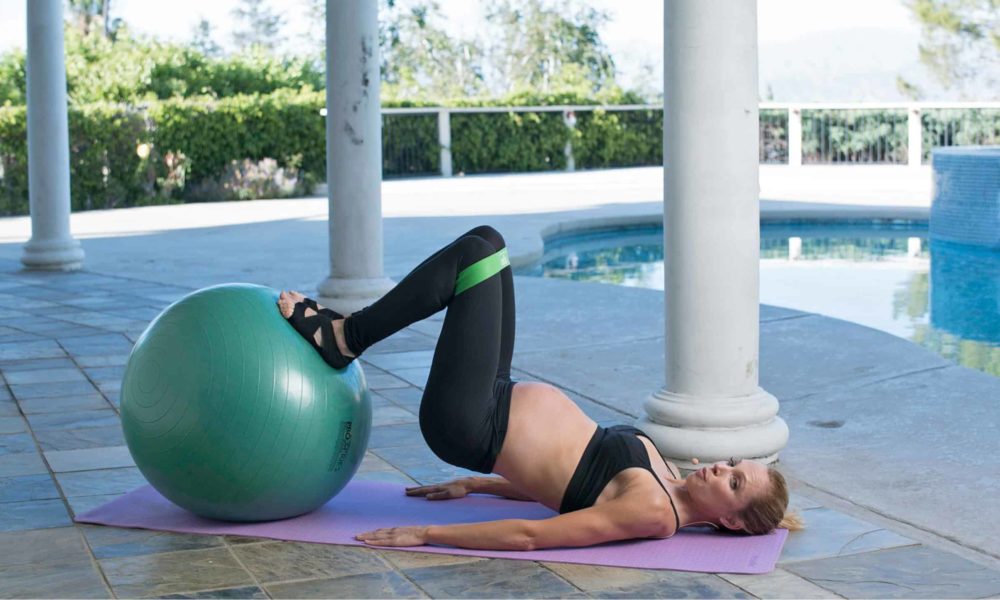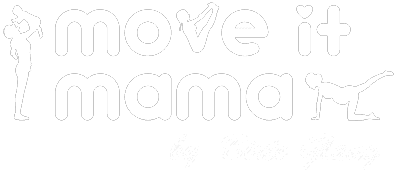Hello dear mamas! Do you feel overwhelmed by all half-truths and myths around the topic of pregnancy and sports? Are you confused and a bit frightened? Then you feel exactly as I did in 2017 when I was a first-time mom-2-be. In our new series, “Pregnancy Myths,” we’re taking a look at some widely held myths. We’re clearing up what’s actually underneath it all. Today, we’re talking about abdominal muscle training during pregnancy.
No abdominal muscle training during pregnancy
Your mother-in-law, the women’s magazine from the kiosk and the nice neighbor across the street – they all know: ” Abdominal muscles must not be trained at all during pregnancy”. But is that really true? Can this statement be scientifically backed up? And what the hell are we doing in our pregnancy core training “Mama’s Little Middle”?

What exactly is the “abdominal muscle”?
In order to understand how this myth arose in the first place, we would like to take a look at the anatomy of the abdominal muscles. There is no such thing as “one abdominal muscle”. The abdominal muscles are rather a generic term and summarize many individual muscles. These muscles perform important functions: They support and relieve your body, protect your organs and are also involved in breathing.
When the abdominal muscles are activated, they close around your torso like a tight belt. In this way they protect your spine in particular. Usually. you need this e.g. by lifting a heavy package or similar things With a strong torso those forces are absorbed by the abdominal muscles and thus do not have an unpleasant effect on the spine. Strong abdominal muscles therefore also prevent back pain.
The abdominal muscles are an important factor, especially during pregnancy, so that your body can continue to cope well with the increasing stress caused by your beloved baby bump. When we talk about abdominal muscle training, we usually mean the rectus abdominis muscle – the straight abdominal muscle. By the way, this is also responsible for the popular six-pack. But at least as important to train the straight abdominal abs you would also have to train side and oblique abdominal muscles. More later.

No abdominal muscle training after 20 weeks of pregnancy
This (straight abdominal) muscle is also the one that has to make room for your baby bump after the 20th week of pregnancy. If you continue to train it dynamically, you may develop rectus diastasis.That basically means your belly sticks out because your left and right abdominals separate during pregnancy. Check out our blog article on this.
This is often accompanied by painful back problems and an unattractive permanent baby bump even after birth.
Dynamic is the term used for all exercises that require, for example, an active roll up of the upper body. Like a sit up. Static training is still possible, for example, the well-known plank and variations of it. But here, too, caution is advised: With the Plank, for example, you recognize overload when you see a peculiar bulging or tightening of the abdomen. Then you should immediately change to a modification of the exercise. So a little bit of knowledge is required. At MOVE IT MAMA, however, we do take care of this.: a team of experts has put together your “trimester-safe abdominal exercises” for various abdominal workouts. So you can work out without worrying about having a degree in sports. By the way: We at MOVE IT MAMA recommend that you stop actively train your straight abdominal muscles as early as the beginning of the 2nd trimester

Which abdominal muscles should be trained during pregnancy?
So, if we should avoid training the straight muscles, the question arises whether, how and what we can or should train, but then. The answer is actually quite simple. Other parts of the abdominal muscles, for example the lateral abdominal muscles, sides and obliques can and should definitely be trained during pregnancy. This is a way to support your body optimally, strengthen your body’s own “belly-belt” and prepare your core in the best possible way for the growing weight of the baby bump.
I personally had great experiences with this during both pregnancies and neither suffered from back pain nor had a very bulky belly postnatal.

Myth:
“No abdominal training during pregnancy.”
Reality:
“From 20 weeks gestation, the straight abdominal muscles should not be trained (dynamically) to prevent rectus diastasis. Instead focuse on sides and obliques”
I hope I was able to shed some light on this. Our MOVE IT MAMA team is constantly looking to make sure that all mamas can enjoy this special time and not waste it worrying and studying professional literature.
If you’re not already working out with us, check out the app and get your 7-day freebie.
Until then,
Keep it Moving (all with and without ab workouts),
Birte
Teste MOVE IT MAMA 7 Tage kostenlos
Wir schenken dir eine Probewoche in der du MOVE IT MAMA kostenlos und unverbindlich testen kannst.


